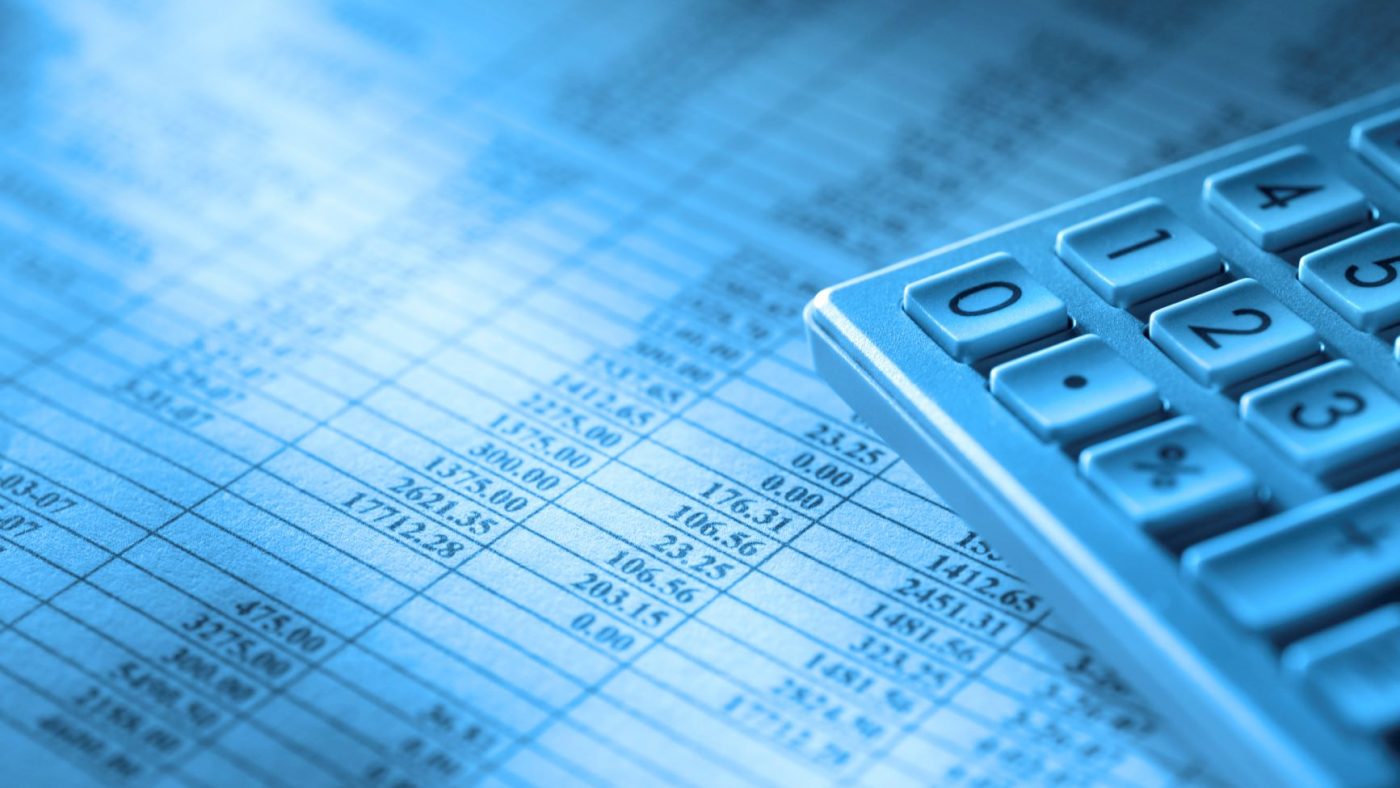Although there are multiple ways to collect earned funds on government contracts, this post focuses on the methods that the Department of Defense (DoD) and its related agencies, including the Defense Logistics Agency and the service branches, employ to reallocate owed and unearned contract funds from a defaulted contractor to a surety, using the Contract Modification Standard Form 30.
The Importance of Using the Correct CAGE Code
Sureties face many challenges to collecting outstanding contract funds on DoD construction projects, where the original contractor has voluntarily defaulted or has been terminated for default by the government, and the surety subsequently agrees to take over and complete the Project. The various agreements negotiated and executed between the parties, i.e. surety and agency will typically include
- the agreed-upon method and destination of payment,
- the specific bank account details, and
- a completed Contract Modification Standard Form 30 with the correct Commercial and Government Entity Code (CAGE) identification number for the entity seeking to collect the contract funds.
It’s this CAGE identification number that is the cause of one of the most common challenges in recouping funds. Because the Defense Finance and Accounting Service (DFAS) – the entity responsible for processing payment – is not aware of the executed agreements it will systematically reject payment applications that include a different CAGE code than that of the entity who was originally awarded the contract.
For this reason alone, it is important that the Contract Modification Standard Form 30 correctly – and clearly – reflect the surety’s CAGE code and not the CAGE code of the original contractor.
Using the Wide Area Workflow Portal to Request Funds from DFAS
When the contracting entity has issued a Contract Modification Standard Form 30 with the surety’s CAGE code at the time of the takeover agreement, the surety can submit an electronic payment request on the Wide Area Workflow (WAWF) government portal. This method generally requires that a specific employee of the surety has an existing and up-to-date account on WAWF linked to the surety’s CAGE code.
Alternatively, if the surety prefers to delegate the administrative responsibility, the surety can designate a consultant as a Contractor Administrator (CAM) to submit the payment application request on WAWF. A specific employee of the consulting firm with an existing and up-to-date account on WAWF can submit electronic payment requests on behalf of the Surety. It is imperative that the application is submitted using the surety’s CAGE code, i.e. the one listed on the Contract Modification Standard Form 30 issued by the contracting officer at the time of the takeover agreement, and not the CAGE code of their organization.
If the contracting entity issued a Contract Modification Standard Form 30 at the time of the takeover but failed to replace the defaulted contractor’s CAGE code with the surety’s CAGE code, these approaches can still work. The surety will need to request that a new Contract Modification Standard Form 30 that reflects the surety’s CAGE code be executed. With that in hand, the surety can either submit a request for payment of the earned balance directly through the WAWF or engage a consultant as described above.
Alternatives to Using the Wide Area Workflow Portal
Requesting payment via the WAWF is the process for collecting outstanding contact funds. However, the contracting officer can – at his or her discretion — manually submit a payment request to DFAS.
This method should be considered only as a last resort and will require the Surety, or its consultant, to
- prepare and submit an invoice to the contracting officer on the surety’s letterhead,
- request that the contracting officer complete a Standard Form 1034 (Public Voucher for Purchases and Services Other Than Personal) and DD Form 250 (Material Inspection and Receiving Report)
The contracting officer will secure the review and signature of a Department of Defense Authorized Certifying Officer on both the completed Standard Form 1034 and DD Form 250 and then submit the entire package to DFAS for processing.
While this method requires the attention of several agency personnel and is likely to require more time to process and execute, it has proven successful when all other attempts had been exhausted.
The Importance of Following the DFAS Process
The process of collecting payment will continue to be a major challenge for sureties as most agency representatives involved in the proceedings will rarely have experienced the termination for default of a contractor or a contractor’s voluntary default. The first step is knowing how the DFAS process works and meticulously following DFAS requirements for submitting payment requests for the earned balance on construction projects.
If you have any questions or require assistance regarding payment applications on federal construction projects, please contact Alex Belooussov. To learn more about VERTEX’s Surety Claims Consulting services or to speak with a Construction Expert, call 888.298.5162 or submit an inquiry.




